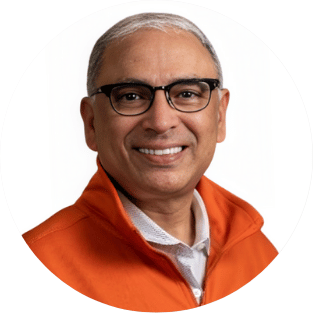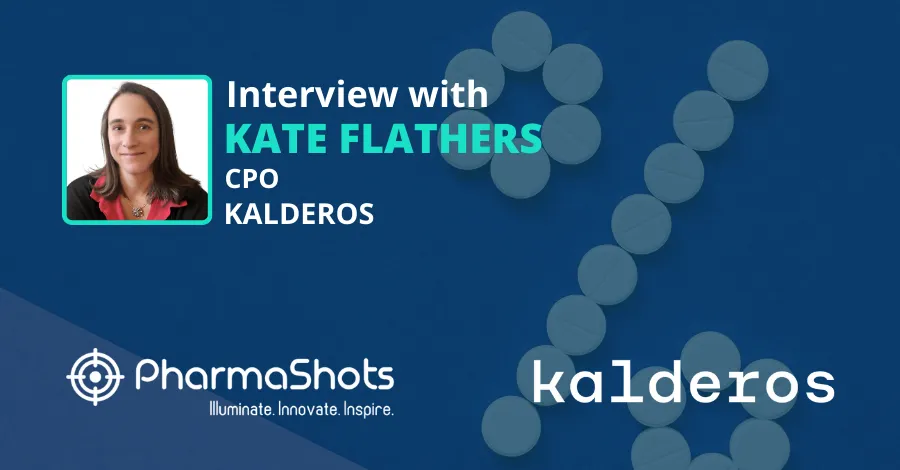
Evaluating SDoH in SLE: Vijay Nadipelli from GSK in a Riveting Conversation with PharmaShots
Shots:
-
SDoH screening can help identify patient needs, support faster clinical decisions, and improve patient-centric care
-
A first-of-its-kind lupus study surveyed 69 patients across two institutions to assess the feasibility of routine SDoH screening in lupus clinics and identify related barriers and enablers at the physician, care team, and patient levels
-
Vijay Nadipelli, Senior Director of Real-World Evidence Partnership and Pipeline – Specialty, U.S. VEO at GSK, shared study findings and emphasized a holistic approach to strengthening SDoH screening in SLE.
Saurabh: Can you give our readers an insight into SLE? Why is screening social determinants in outpatient care necessary for indications such as SLE?
Vijay: Systemic lupus erythematosus (SLE), also referred to as lupus, affects over five million people worldwide. It is a chronic, multi-organ, inflammatory disease caused when the immune system attacks its own tissues. People with lupus may experience a range of symptoms that can fluctuate over time, including painful or swollen joints, extreme fatigue, unexplained fever, and skin rashes. Lupus frequently causes flares that can result in damage to vital organs.
SLE disproportionally affects patients from underrepresented and lower economic status groups, and social determinants of health (SDoH) can help us understand patient needs, particularly for those living in these communities. Despite their established effects in lupus care and the fact they can cause fragmented care, leading to worse clinical outcomes, SDoH are rarely screened for in rheumatology clinics where lupus patients are treated.
Saurabh: Why do you think there is a lack of routine screening for social determinants in SLE patients? How are barriers to this still prevalent in today’s world of modern medicine?
Vijay: Healthcare providers have limited time and resources, but we are continuing to learn about the importance of SDoH and new technologies and resources are making screening for them more accessible.
The causes of SDoH are diverse and can be difficult to address because they are outside the standard scope of what care teams can do. For example, healthcare providers cannot change where someone lives, how much money they have, or the language they speak. By evaluating opportunities for screening, this study is an important step in beginning to break down these barriers and create a culture of holistic care.
Saurabh: Would you elaborate on the study to screen social determinants in SLE patients?
Vijay: This first-of-its kind study in lupus was designed to establish the feasibility of routine SDoH screening at the point-of-care in lupus clinics and to help identify associated barriers and facilitators at the physician, care team, and patient levels.
A total of 69 patients at two institutions were screened and surveyed about their demographics and specific SDoH domains, including their history with financial resource strain, food insecurity, housing instability, transportation challenges, and more.
We also included an optional patient experience survey to understand SDoH screener readability, comprehension, and willingness to respond, and we performed interviews with care team members and institutional health equity leaders to understand implementation, tool usability and comprehension, clinician acceptance, facilitators of use, and institutional health equity policies.
Saurabh: What conclusion were you able to reach through this study?
Vijay: The study concludes that routine SDoH screening was deemed valuable by both patients and care teams, and with an appropriately resourced and trained care team, SDoH screening can be successfully implemented to inform clinical decision-making and patient care in lupus clinics.
Specifically, results showed an overwhelming majority of SLE patients (77.5% at Institution 1 and 93.1% and Institution 2) screened positive for at least one SDoH domain; the most common were: financial resource strain, food insecurity, housing and utilities and transportation challenges.
The majority of respondents reported the screener survey was easy to navigate, and they felt comfortable answering the questions.
The study also identified primary factors associated with the successful implementation of SDoH screening, including leadership buy-in, and training or awareness of resources for addressing social needs.
Moving forward, we recommend future research evaluate whether regular SDoH screening for patients with SLE can minimize healthcare disparities and improve care management.
Saurabh: Based on your experience and study, what recommendations do you make to improve SDoH screening for patients and healthcare settings?
Vijay: These findings indicate that there is value in assessing SDoH, that care teams have an appreciation for that value, and that SDoH screening can be easily implemented at the point of care for patients with SLE in a way they do not find intrusive. Given this information, we recommend:
-
Advocates for addressing SDoH should communicate with institutional leadership to establish their early buy-in to address health equity and a brief screening tool format (≤5 minutes). Our study identified this as a crucial step
-
Integrating SDoH screening at routine visits to the clinic to help guide the treatment and care of people with SLE. Our study indicated that the screening is simple and easy to understand, is well received by patients and care team members, and only adds 3-10 minutes to a visit to the clinic
-
Provide training and resources to help care teams translate SDoH screening results into meaningful opportunities to address the social challenges patients face in their daily lives
Image Source: Canva
About the Author:

Vijay Nadipelli
Vijay Nadipelli, BPharm, MS, MHP, Senior Director, RWE Partnership & Pipeline – Specialty, Global Real-World Evidence & Health Outcomes Research at GSK.
Vijay is a pragmatic leader with expertise in outcomes research, drug development, market access, and health policy applications. He has successfully led teams and programs across all phases of medicine development and commercialization.
Vijay has led cross-cultural, multidisciplinary global teams and unlocked real-world partnerships across multiple therapeutic areas to improve population health.
Related Post: Driving Precision Medicine Education: A Star Wars-Themed Talk on a Needed Approach
Tags

Saurabh is a Senior Content Writer at PharmaShots. He is a voracious reader and follows the recent trends and innovations of life science companies diligently. His work at PharmaShots involves writing articles, editing content, and proofreading drafts. He has a knack for writing content that covers the Biotech, MedTech, Pharmaceutical, and Healthcare sectors.














